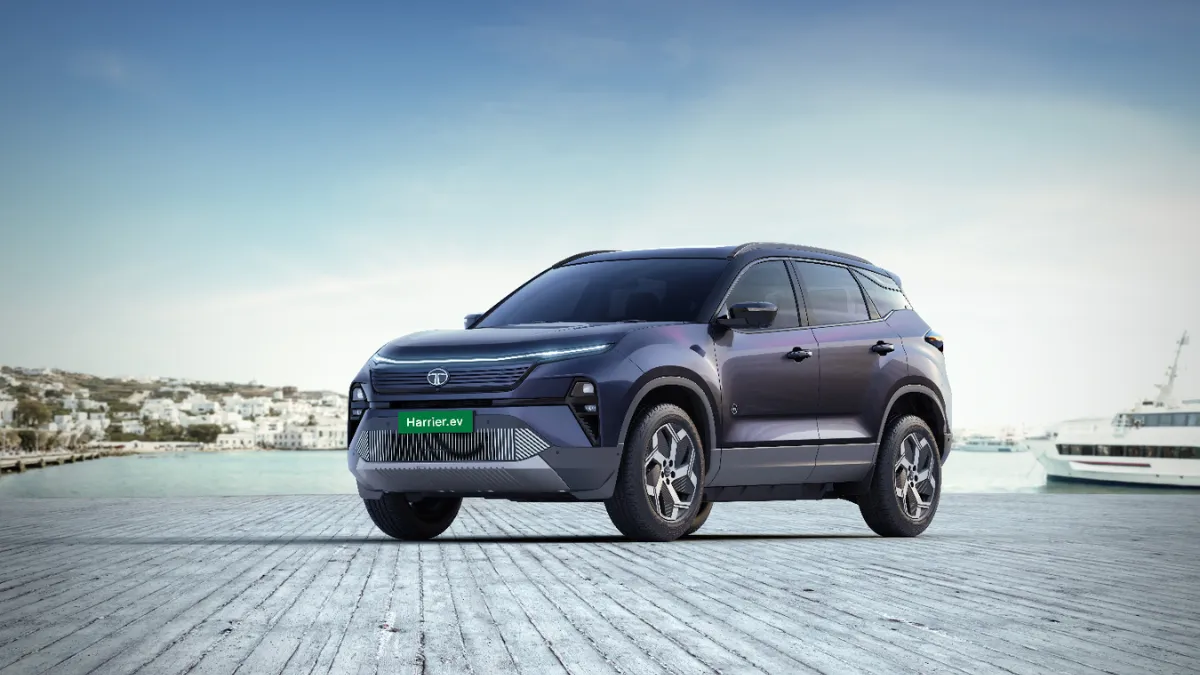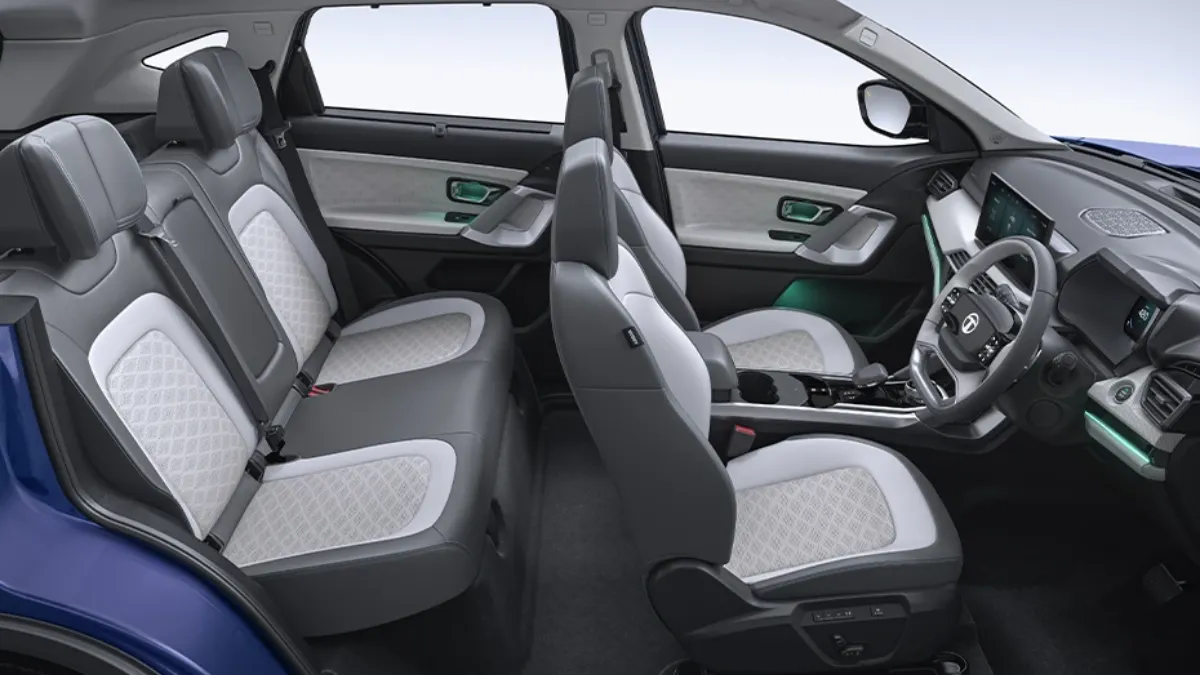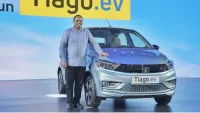Tata Harrier crossing 150,000 sales honestly doesn’t surprise me at all. In the last decade I’ve watched Tata slowly shift from a “let’s think twice before buying” brand to a “just take one test drive, you’ll understand” brand. And Harrier well, it carved its own path.
Harrier hits 1.5 lakh units but the real story is somewhere else
People are congratulating Tata for the big number, sure. But the actual buzz right now is around the Harrier EV. Customers walk into showrooms for the regular Harrier, take a few pictures, and then end up asking about the EV.

I was chatting with a dealer in Indore the other day. He said, “Sir, folks click photos of the Harrier, but they book the EV.” Straight statement. I laughed and asked, “So what are you trying to sell petrol or EV?” He smirked, “Future is EV only.”
But why is the EV winning even before the petrol model arrives?
The answer is simple. Consumers are tired of diesel confusion. Petrol Harrier is new and untested, but the EV? That feels like a clean jump into the future. Though let me be honest Tata’s EV software history is a mixed bag. I still remember the early days of the Nexon EV Max. One evening, the drive mode froze. Screen stuck. Had to literally pull over, switch the car off, and reboot it like a phone. Traffic behind me was honking like crazy. That moment still flashes in my mind. So yeah, I worry a bit about Harrier EV’s software smoothness too.
Harrier EV demand just keeps rising
Truth be told, it’s the Harrier EV hype that’s pushing the brand’s popularity right now. And this hype isn’t a small one. Tata is expected to claim something like 450–500 km range, but everyone knows how these numbers work. Punch EV said big things too but in the real world scraping past 300 km was a task.

Still, there’s something about the Harrier EV that makes people hope for better. Maybe it’s the SUV stance, that “move aside” feel Harrier always had. People feel the EV will give that same authority on the road.
Harrier EV’s positioning is tricky but working
Harrier EV is in a unique spot proper big SUV size, premium feel, but pricing will probably land somewhere around 28–32 lakh ex-showroom. And people are already wondering: will it really take on MG, Mahindra, and BYD in that zone? My personal view? If Tata nails the build, power delivery, and software stability, Harrier EV can become a statement SUV. If not, the hype will eat it alive.
Harrier’s legacy is benefiting massively from the EV buzz
Harrier crossing 150,000 sales is impressive, but I genuinely feel the EV wave has indirectly boosted its reputation too. Buyers think the platform is now mature, tested, safe and Tata’s safety reputation is doing double duty for the Harrier brand. Another quick incident at a dealership in Gurgaon, one gentleman test drove the diesel Harrier, liked everything, nodded in approval and still booked the EV. His logic? “I’d rather buy something future-ready.” That’s it. Simple.
So what’s the final take?
Harrier hitting 1.5 lakh units shows its strength, no doubt. But the fire in the market right now that spark is coming from the Harrier EV. Even before the petrol variant shows up, people’s minds have tilted toward the electric one.
As for me, I genuinely think Harrier EV has the potential to become that rare Indian EV SUV people see as a “proper SUV,” not just an electric experiment. All it needs is solid execution especially on the software and reliability side.




